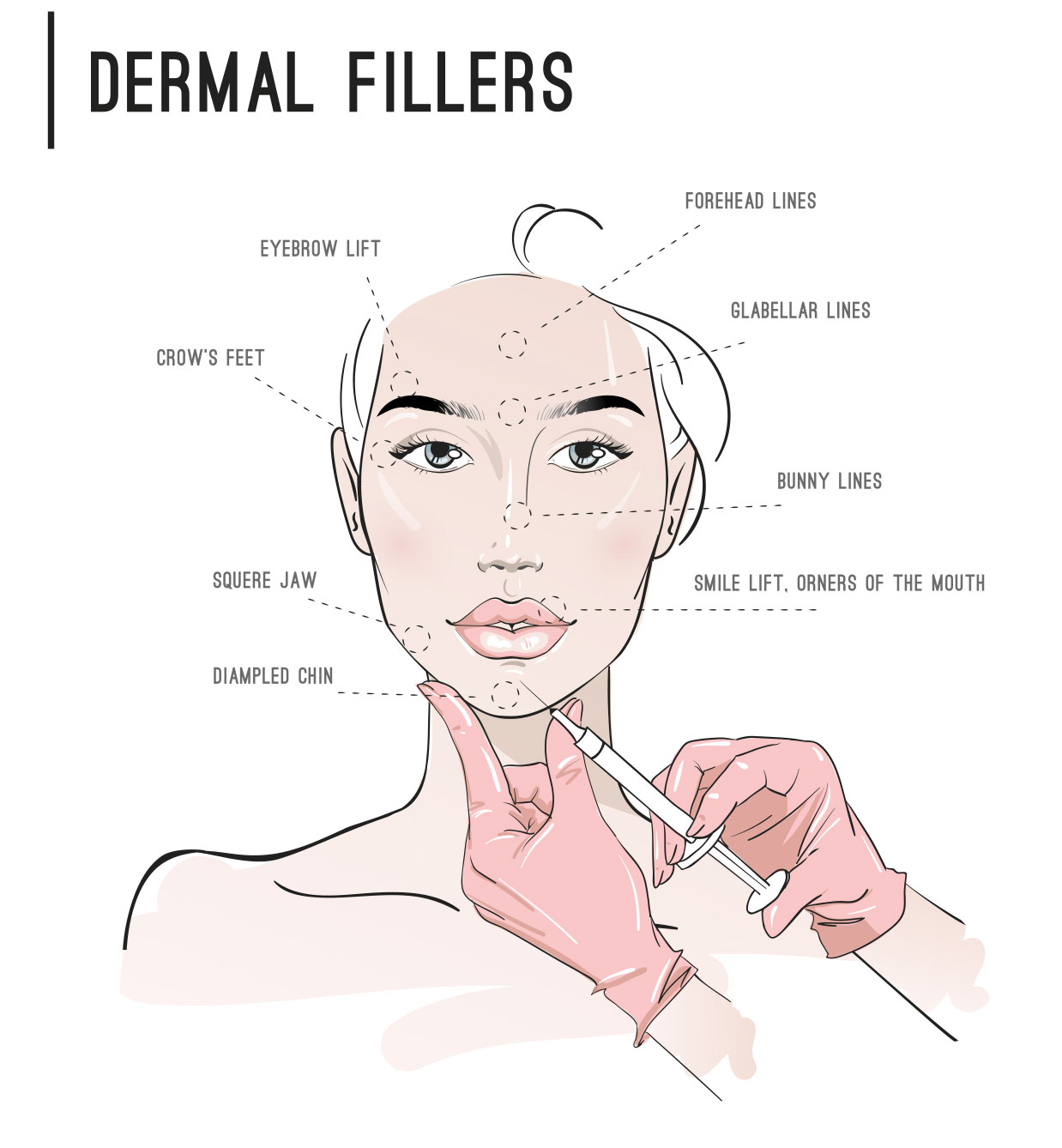Dermal fillers, also known as facial fillers, are among the most common types of cosmetic procedures, especially among aging adults. This is a minimally invasive procedure that can be completed in a matter of 15-20 minutes depending on the extent of the treatment needed. In most cases, your facial plastic surgeon can even perform the procedure directly after your consultation.
You have the option of choosing between temporary, semi-permanent, or permanent dermal fillers. Keep reading to learn all about the pros and cons of these procedures.
What Are Dermal Fillers?
Dermal fillers are a simple injectable treatment option for people who want to reduce the look of wrinkles and fine lines or eliminate them altogether. There are varying forms of dermal fillers that can be used to accomplish this goal. Some patients may require more than one injection to achieve optimal results, but that’s something you can discuss with your facial plastic surgeon during your consultation.
Types Of Dermal Fillers
The different types of dermal fillers include:

